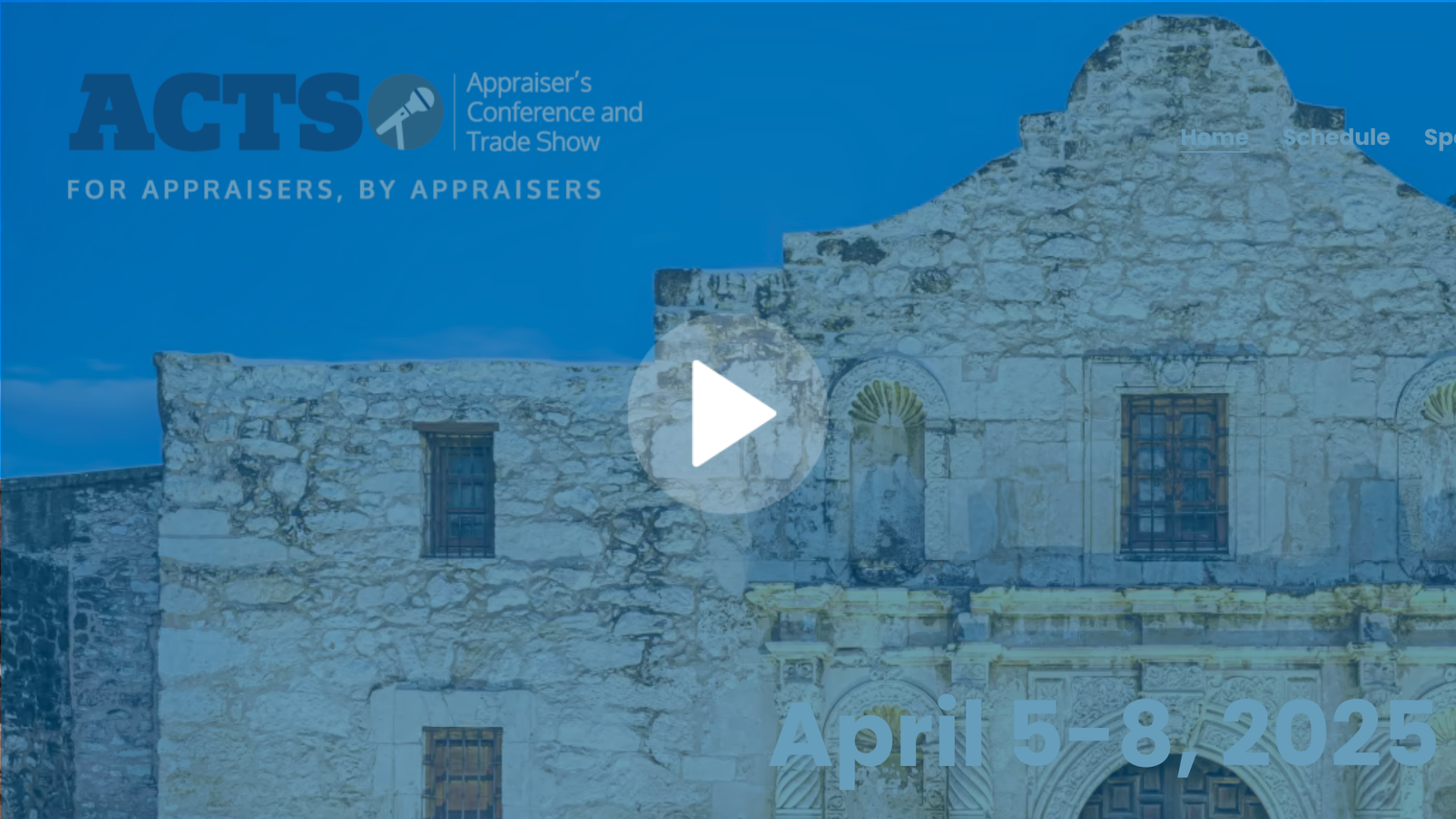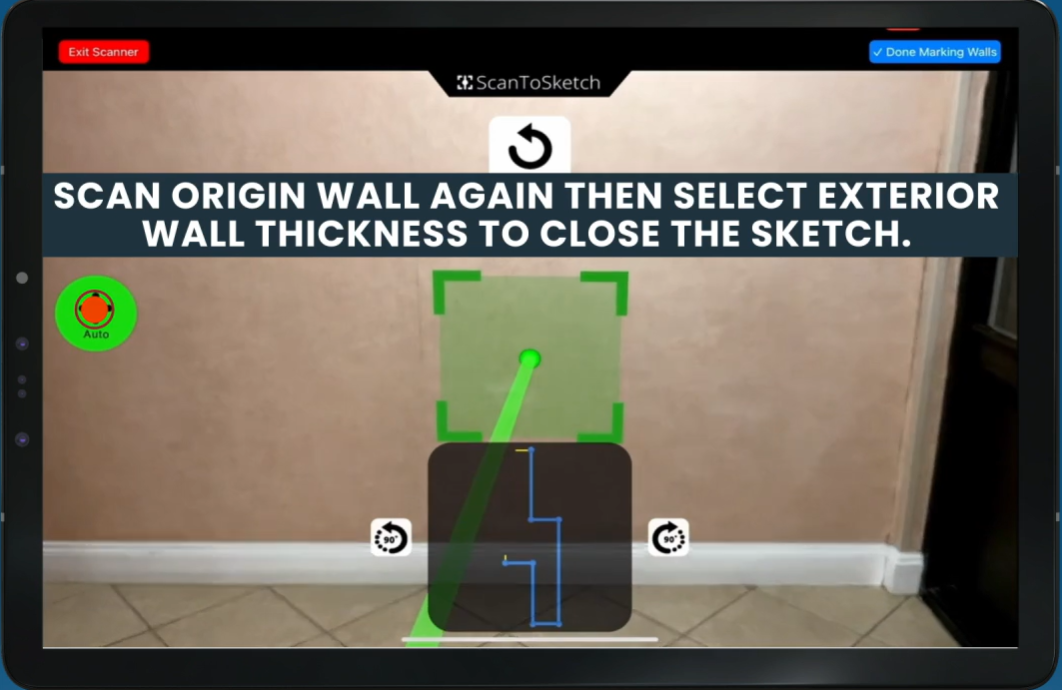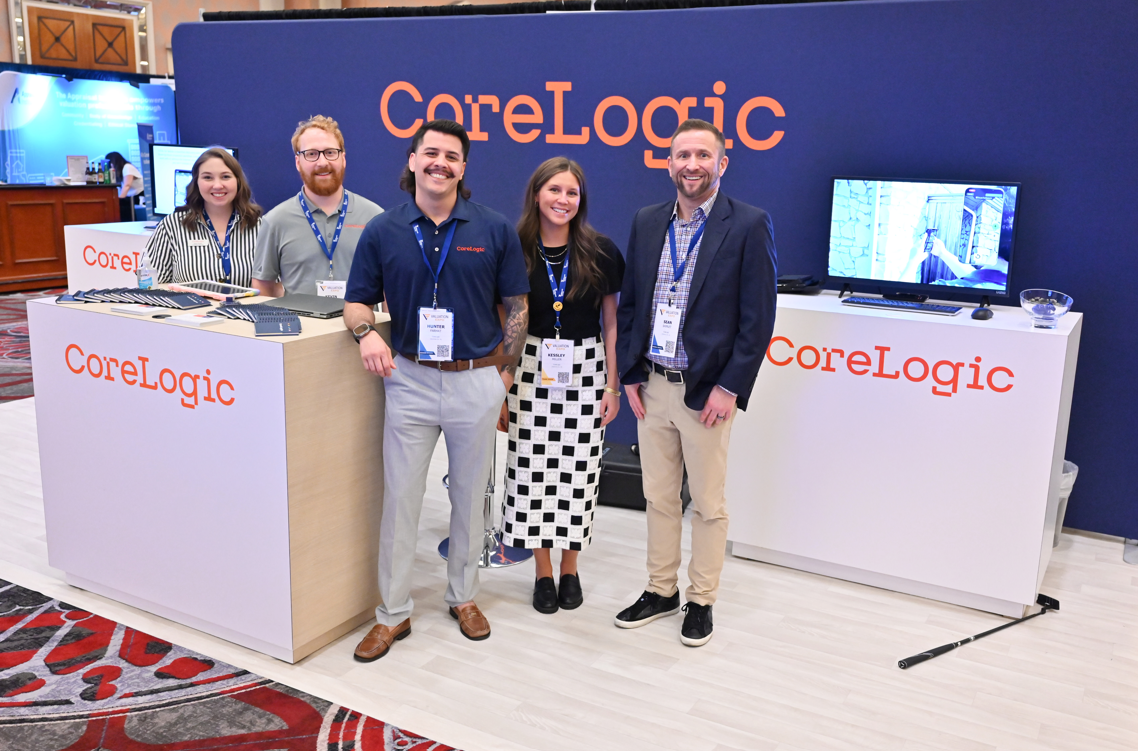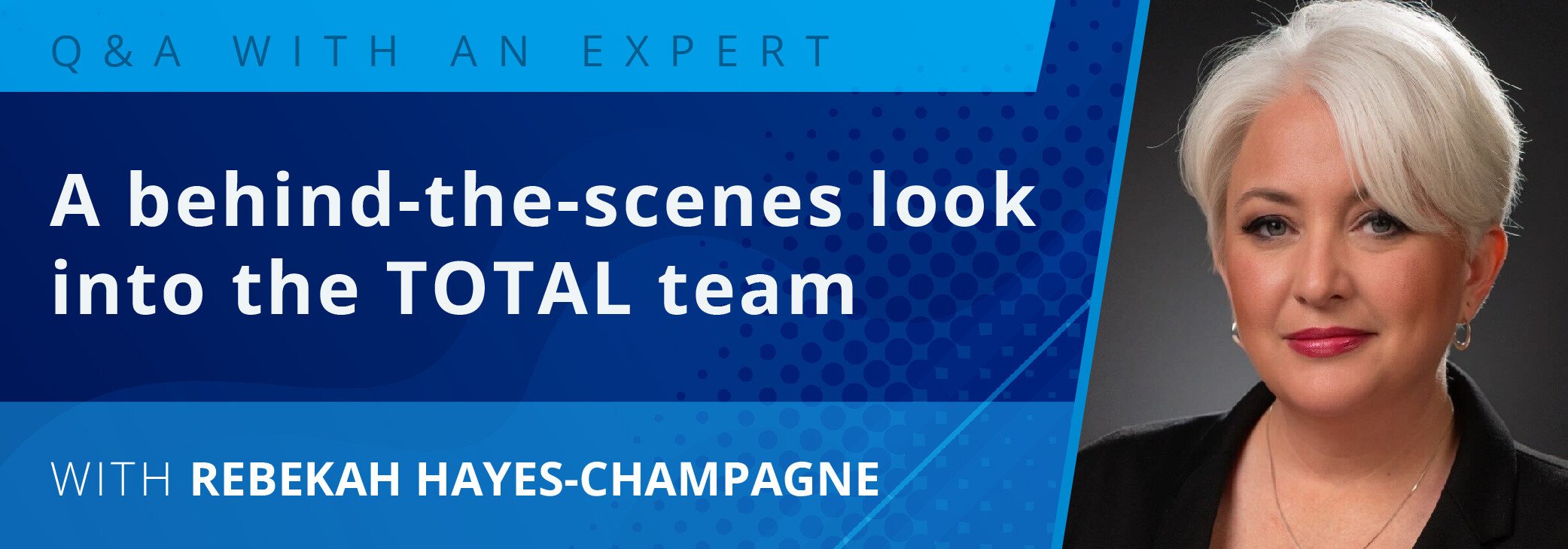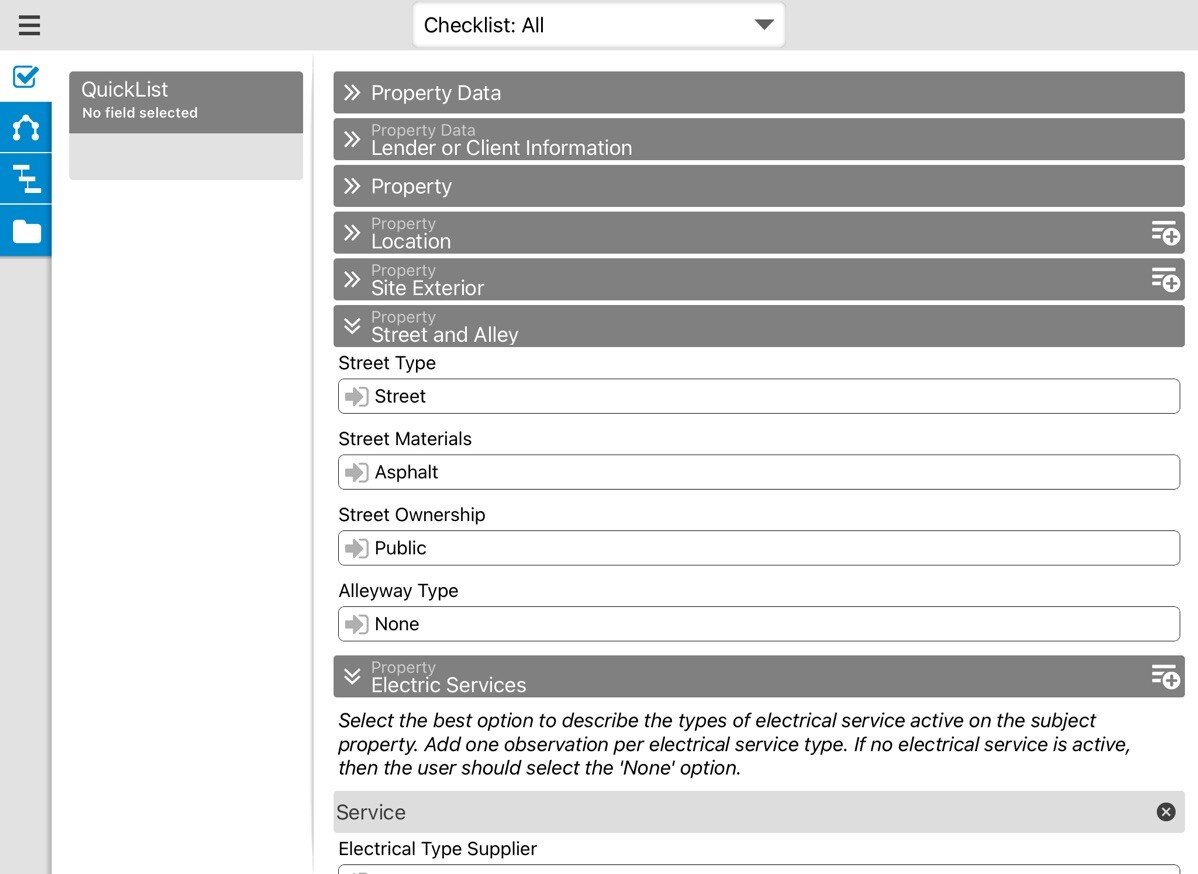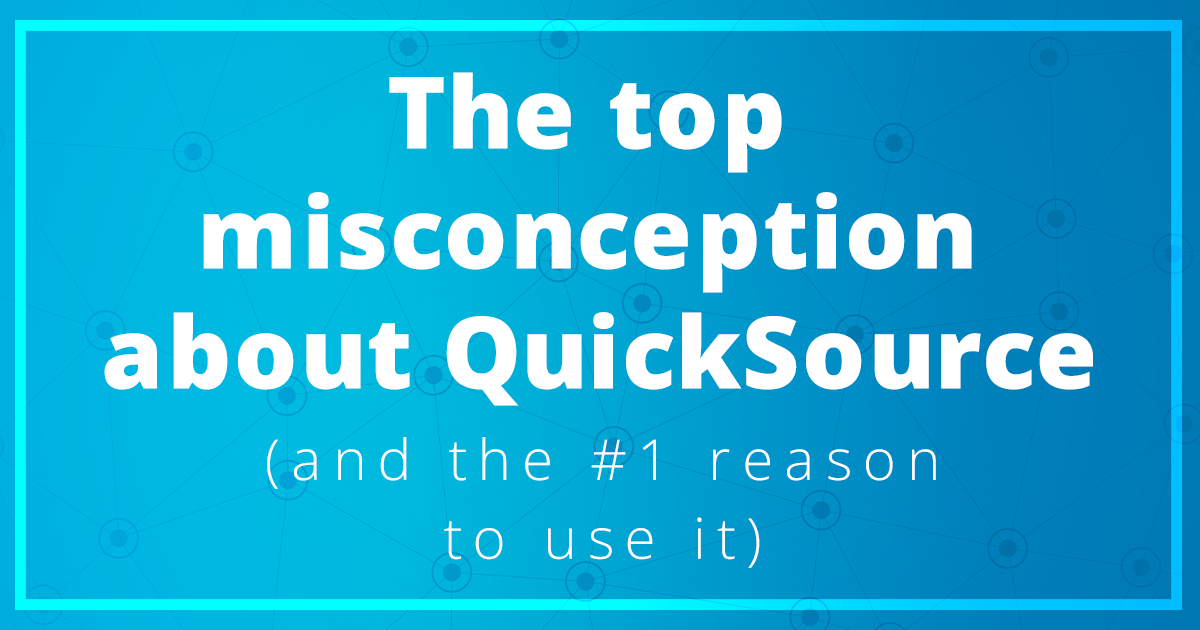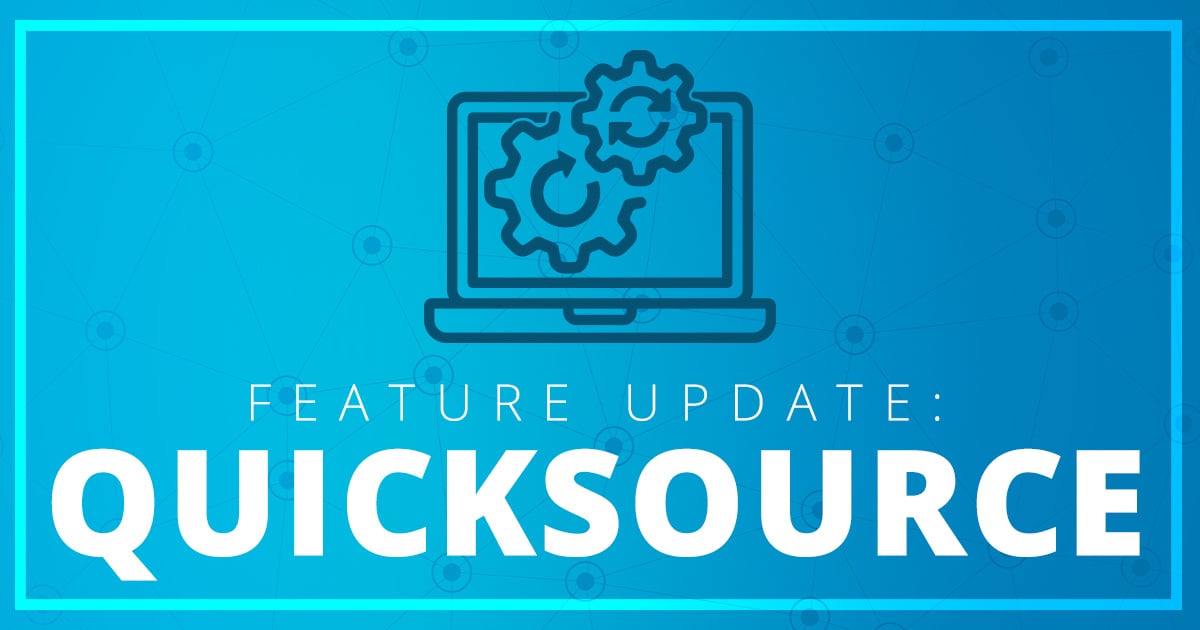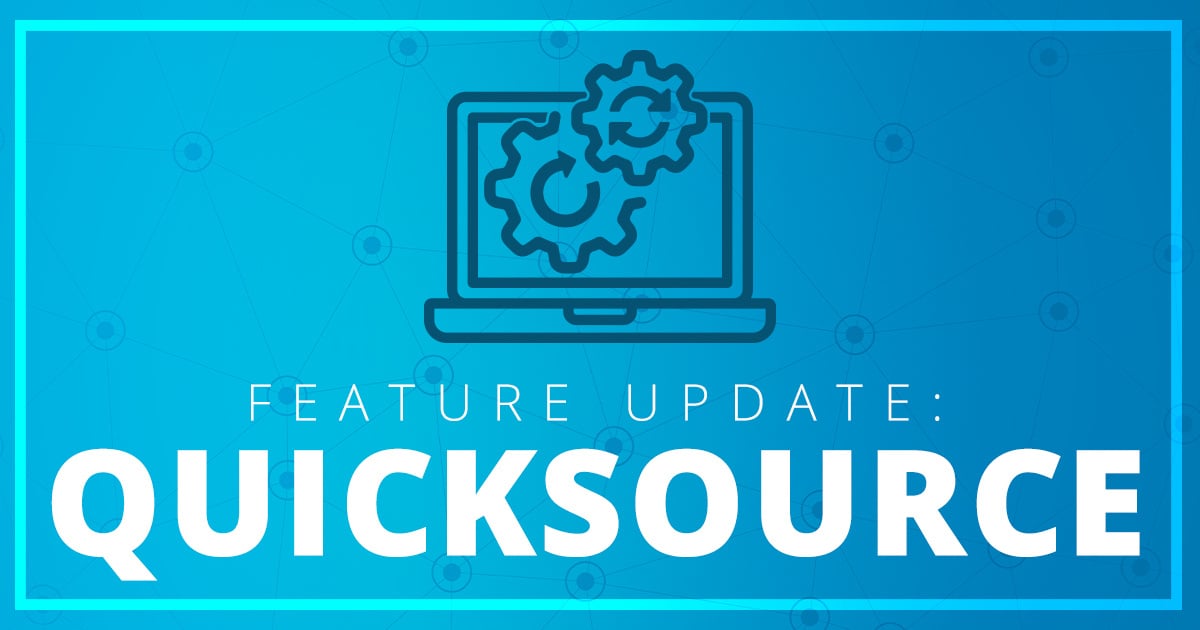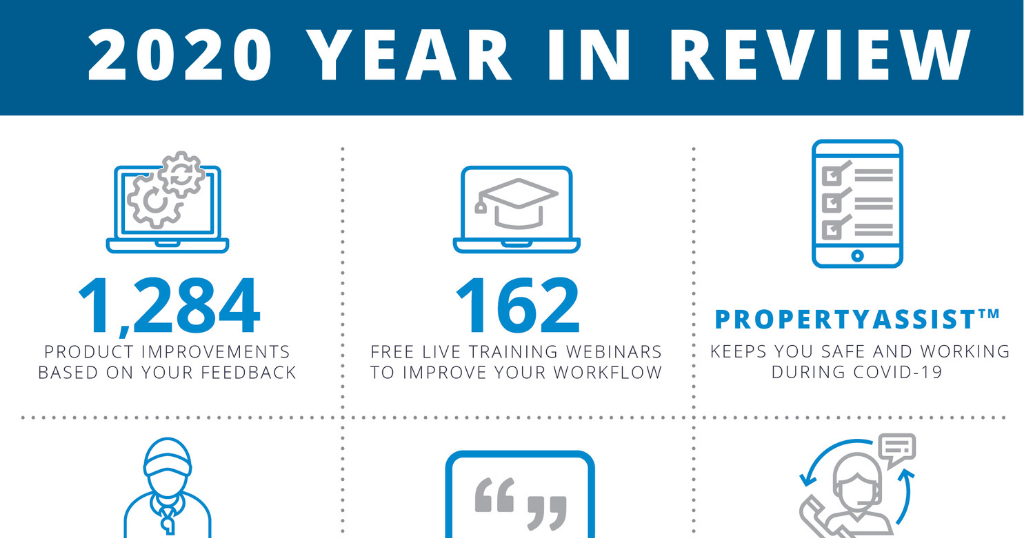Twenty years ago, a University of Oklahoma engineering student was working for his father, an appraiser, during the summer months and during every break. He and his friends started looking at computer programs for dad's business, finding what was available to be extremely expensive, and really not very good. The naïve college student thought, "give me a couple weeks and I can write a program that does it better."
The idea was just to write it for dad; it didn't start out as a business plan. But then they started getting more serious as they wrote it and realized that what they were coming up with was really a better product than was out there. In 1985, Dave Biggers incorporated a new company, a la mode, inc., then quit school in 1986 and took the company and moved it to Salt Lake City with two partners. Eventually, Dave moved back to Oklahoma because of family, and bought his partners out of the company.
This month, in fact, is the 19th anniversary of the founding of a la mode. We're celebrating, and getting a kick out of how long 19 years is in this business (or anywhere else). Consider:
The property in Typicalville, U.S. you said was worth $80,000 in July 1985 is worth $203,292 today, an increase of 2.5 times. Unless it's on the west coast, in which case it's worth $283,821, an increase of 3.5 times.
Ohio and Maryland S&L failures in the summer of 1985 were precursors to the national S&L crisis and then bailout under President George H.W. Bush, which resulted in the current federal system of state licensure for appraisers. FIRREA was still four years away.
The oil market was about to take it on the chin in 1985 (which contributed to the S&L crisis), and a typical Houston, TX home was valued at $78,600 19 years ago this summer. By 1988, that home would lose more than 20 percent of its value and be worth $61,800. (Today, the same home is worth $134,926, according to Freddie Mac.)
The average rate on a conventional mortgage on a resale was 11.02 in July 1985. And dropping, from a recent high of 12.52 in October 1984. Today your average 30-year fixed rate mortgage is going for about 6 percent.
There was no such thing as "Windows," at least beyond the Microsoft and IBM boardrooms. In fact, there was no Graphical User Interface (GUI) in common usage – you know, icons, pointers, that kind of thing. Everything you wanted a computer to do, you had to tell it to do by typing commands at a command prompt. Microsoft shipped Windows 1.0 on November 20, 1985 (two years late). That same year, Steve Jobs resigned from Apple Computer, and a balance of power was struck in the computer operating system industry that could have been much different.
The desktop laser printer debuted in 1984, and Hewlett-Packard spent 1985 amassing market share in the high 80 percent range. A 300-dpi Laser Jet set you back only $3,600 in 1985.
IBM introduced the first 386 microprocessor in 1985. There would be a 486, and then something called "Pentium," as the years went by.
Toshiba introduced the first successful "portable PC," the precursor to laptops and notebooks, its T1100. It ran DOS 2.11 completely in ROM (for the computer geeks out there).
CD-ROM drives were just starting to be manufactured for use with PCs in 1985. Disks were not yet erasable, or recordable, by the user. A disk drive cost about $1,000.
Microtek introduced the world's first 300-dpi black and white sheetfed scanner. Most appraisers, if they were submitting pictures along with their reports at all, got double prints and taped them onto addenda. There was no such thing as a color scanner, let alone a "digital camera."
AOL was founded as Quantum Computer Services in 1985. In November, the company released its first online service, called "Q-Link," for Commodore Business Machines. It would be 1991 before the DOS version of America Online was launched.
In 1985, Tetris debuted in the Soviet Union.
In 1985, there was a Soviet Union.
Two years after the first cellular phone service was launched in Chicago, the "car phone" was growing in popularity, if not shrinking in size, yet. There would be one million cellular subscribers nationwide by 1987. There are now more than 11 million in the New York metropolitan area alone.
New Coke debuted in April 1985. "Coke Classic" "debuted" shortly thereafter.
Wayne Gretzky of the Edmonton Oilers scored 208 points, Doc Gooden went 24-4 with 268 strikeouts, unranked Villanova won the NCAA basketball championship, the Kansas City Kings moved to Sacramento, CA, and the Miami Dolphins were demolished in the Super Bowl by the Joe Montana-led San Francisco 49ers.
Jean M. Auel's The Mammoth Hunters was the fiction bestseller of 1985. We haven't read it but are sure it's got nothing on The DaVinci Code. 1985's nonfiction bestseller: Iacocca: An Autobiography. Which reminds us of our favorite 1985 computer joke: What do you get when you cross Lee Iacocca with a vampire? An AUTOEXEC.BAT!
The consensus number one single of 1985 was "Careless Whisper" by Wham! Featuring George Michael. Dire Straits released its seminal Brothers in Arms album, featuring the song "Money For Nothing." Three albums debuted on the Billboard charts at number one in 1985: No Jacket Required by Phil Collins, Songs From the Big Chair by Tears For Fears, and the soundtrack from Miami Vice. Retro rockers Chris Isaak and Silvertone released their first album, Silvertone.
Miss Utah, Sharlene Wells, was crowned Miss America.
A much earlier incarnation of "Must See TV" not involving Friends or Seinfeld sees millions of viewers tuning in to NBC's Thursday night lineup: The Cosby Show, Family Ties, Cheers, and Night Court.
We mentioned we're celebrating; we do a lot of that here, but one way we're celebrating our anniversary is with some great deals on the Vault, WinTOTAL Professional, and more. See our anniversary "specials" in the lower right of this e-newsletter, or by calling 1-800-ALAMODE!



.png)
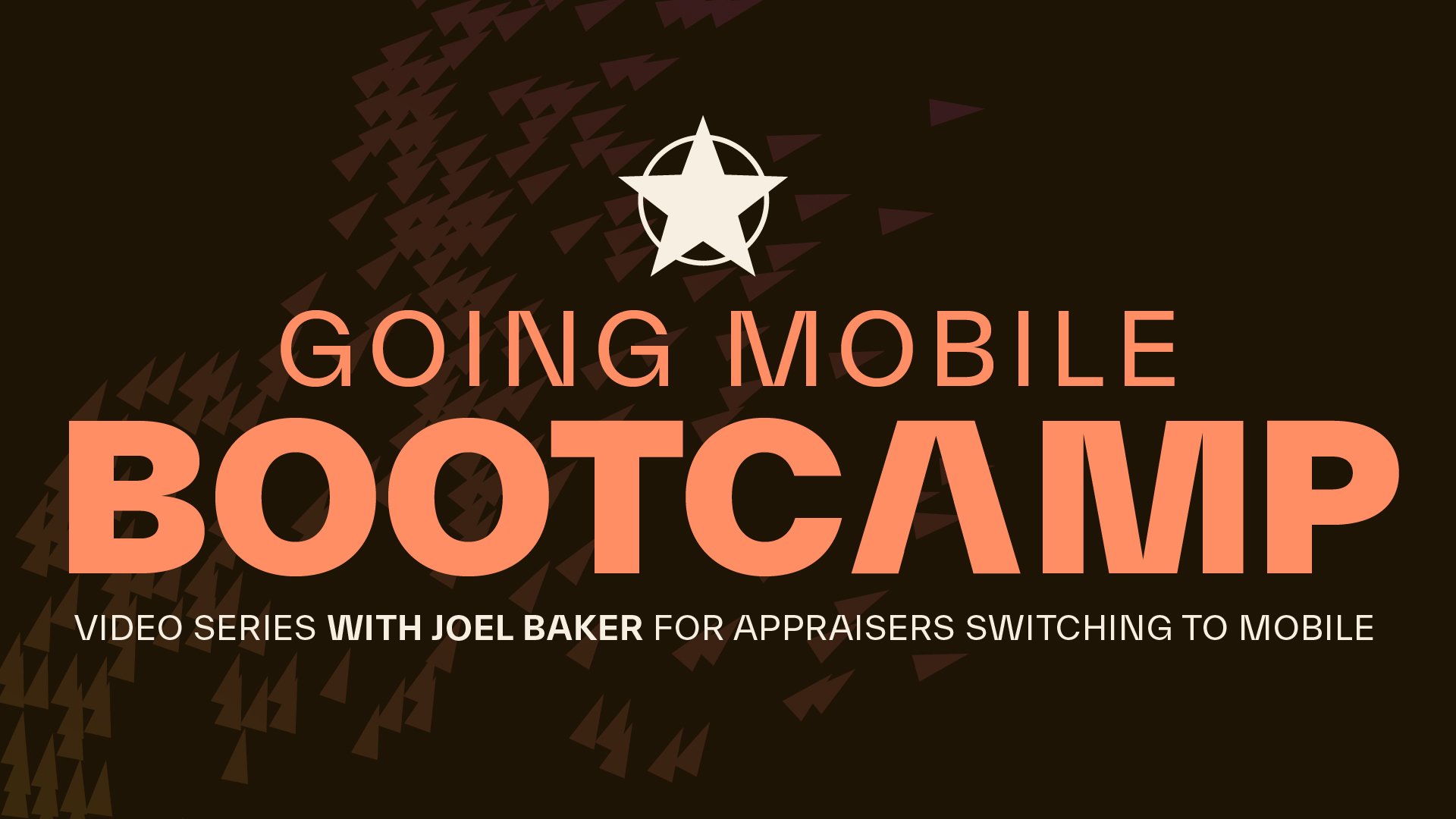

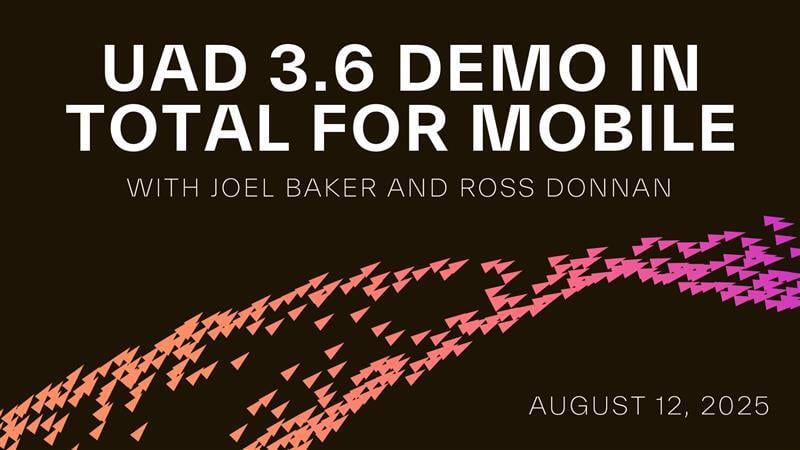
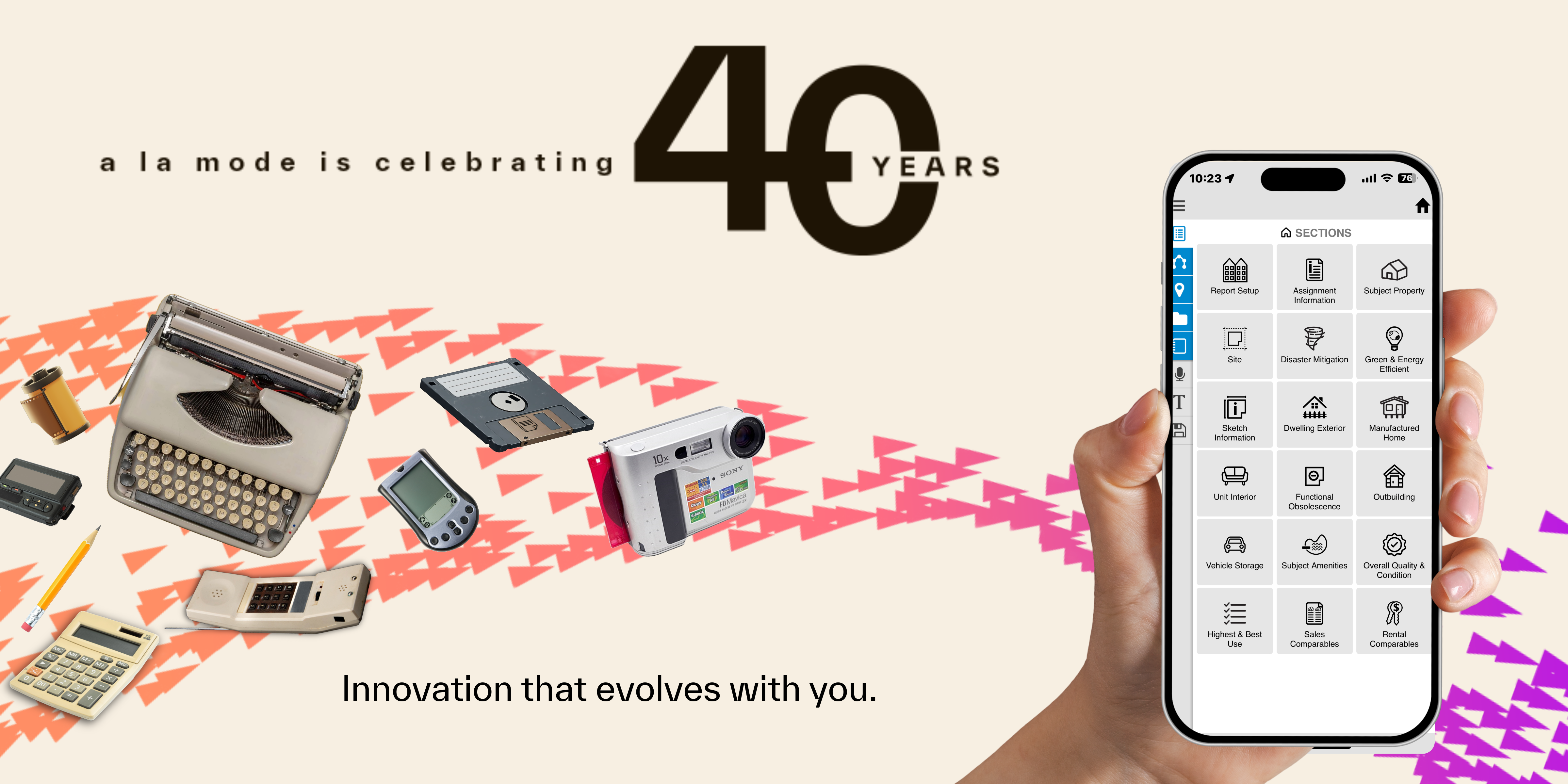
.png)
-1.png)

.png)
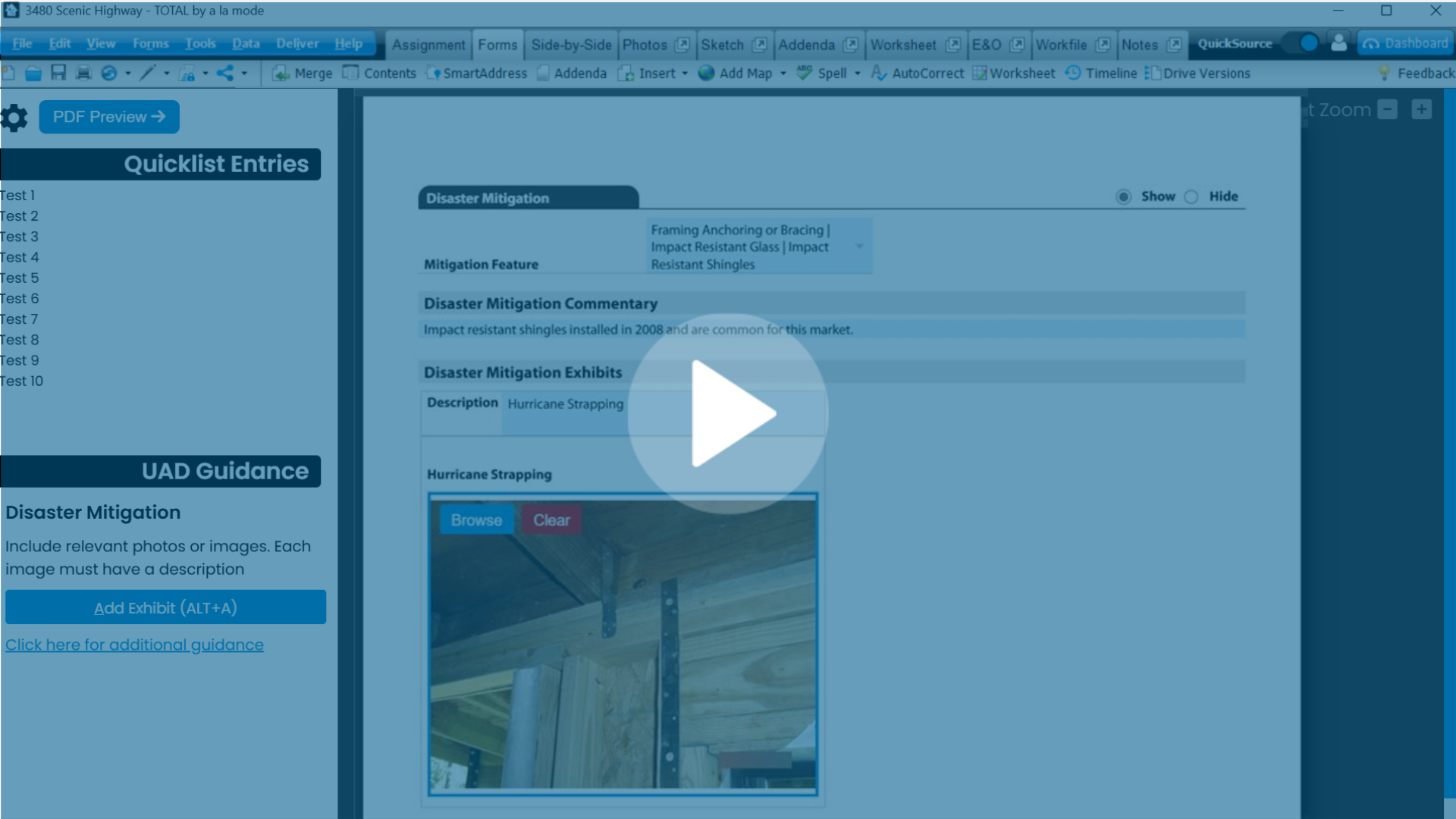
.png)
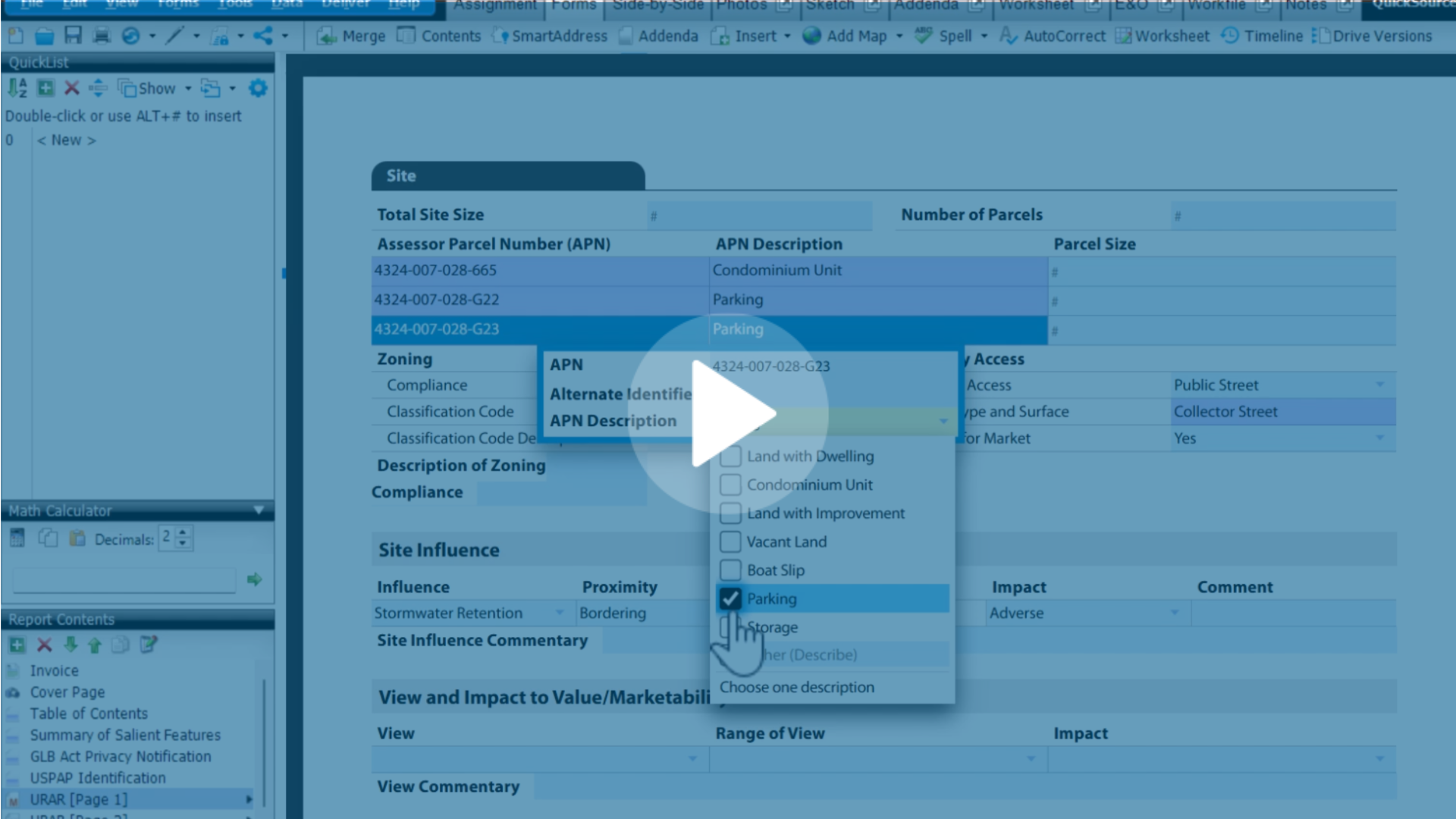
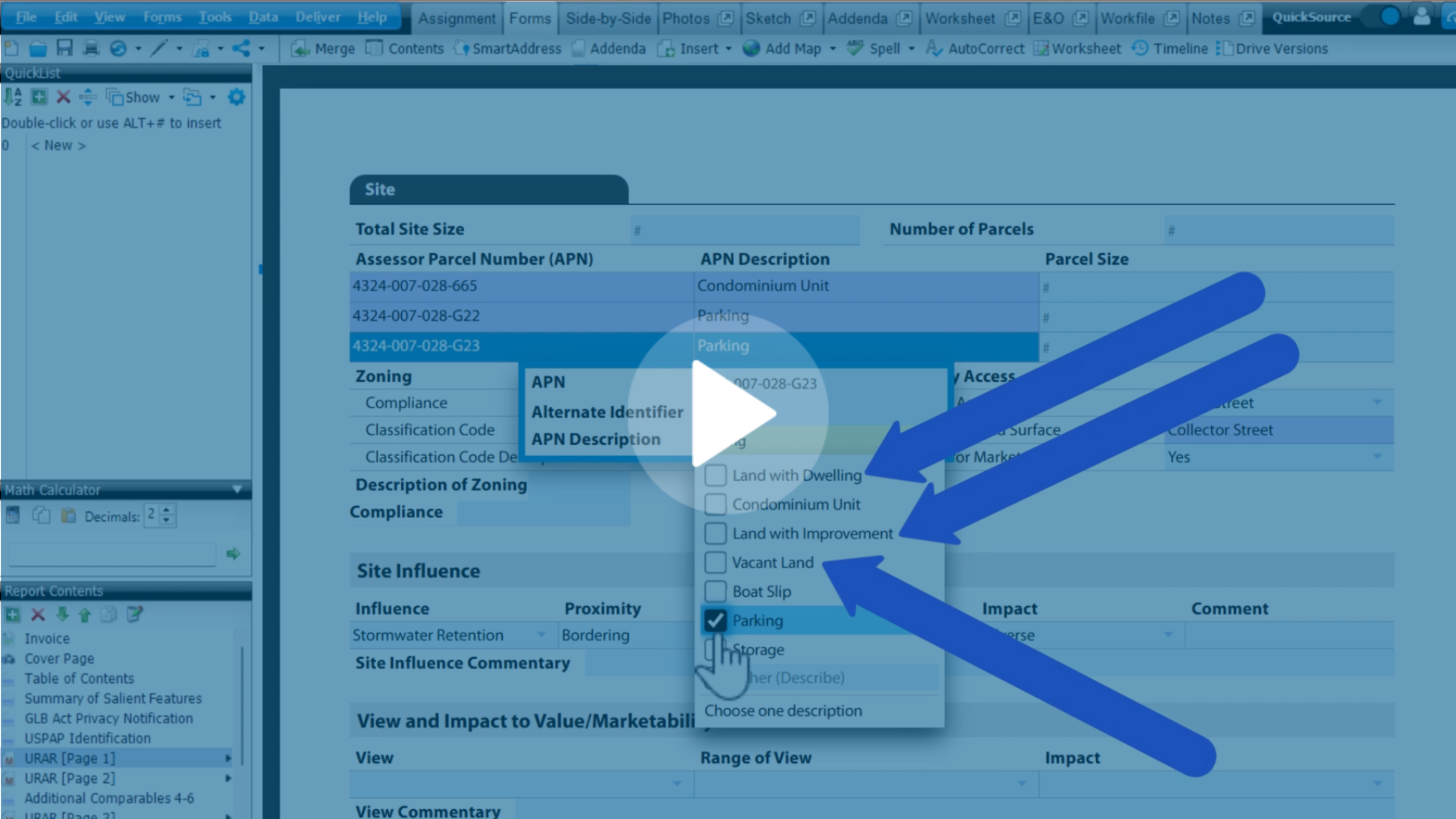
.png)
.png)

.jpg)
.png)

-1.png)
